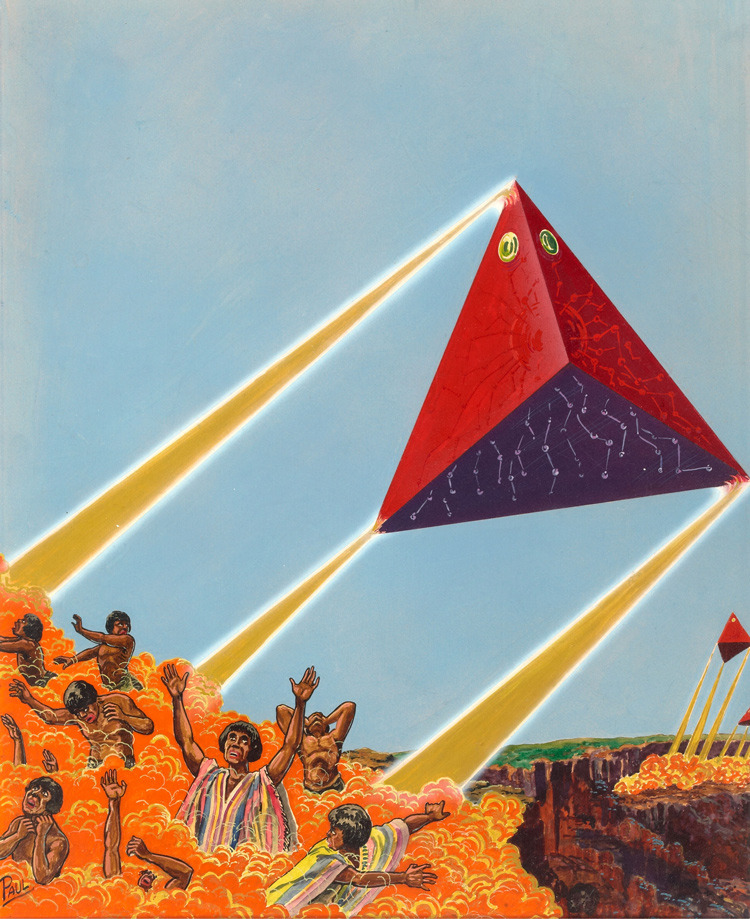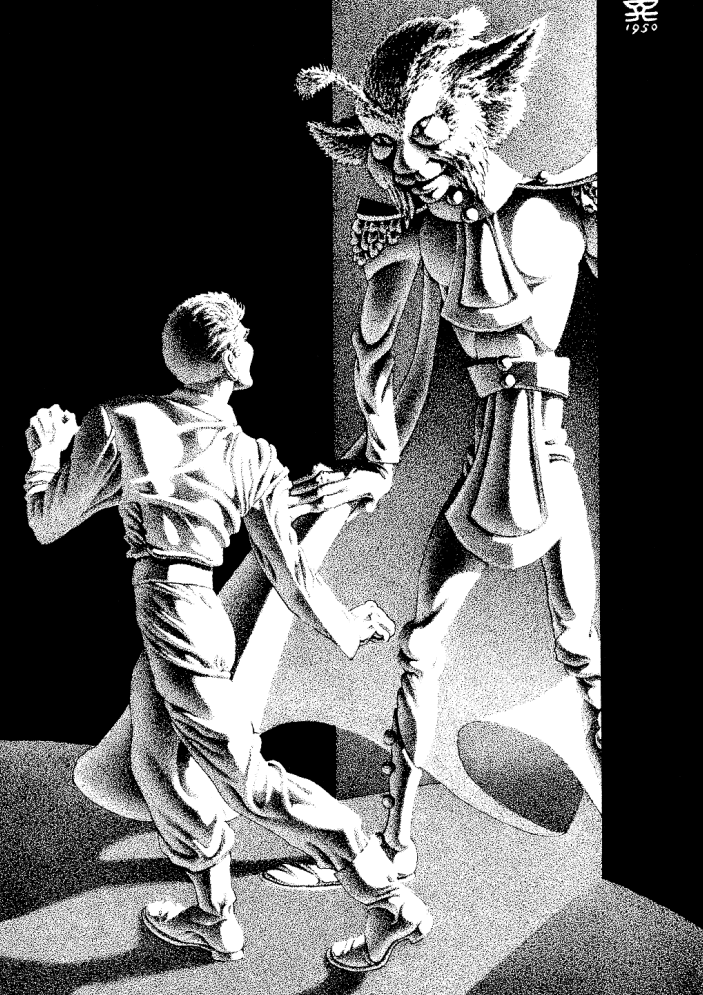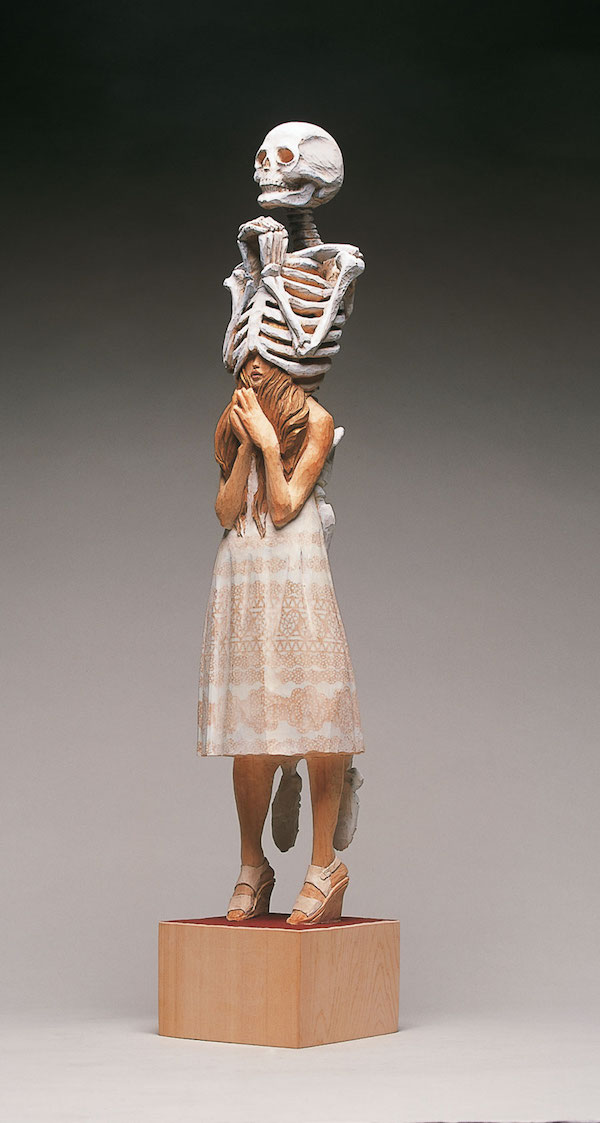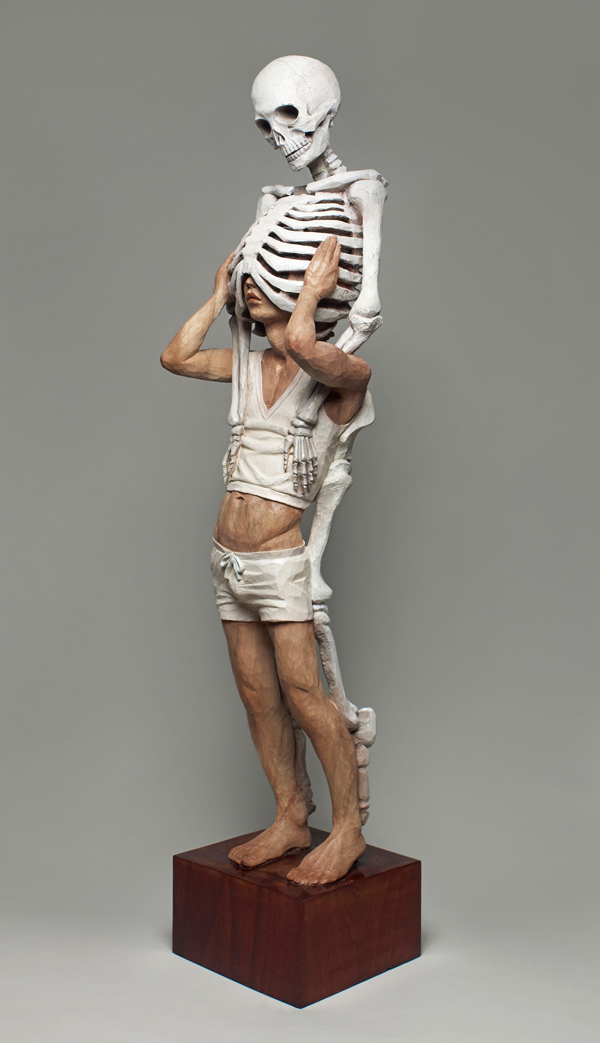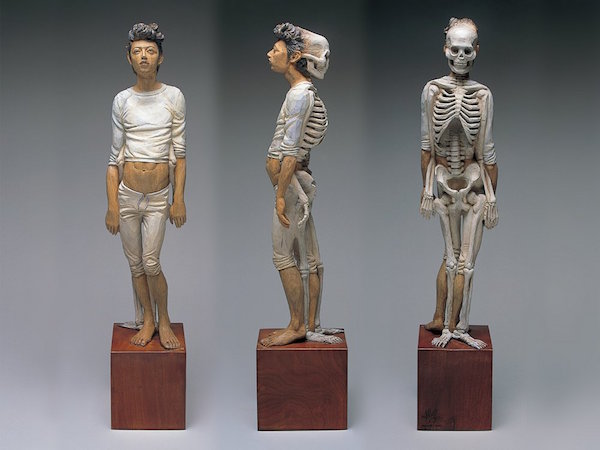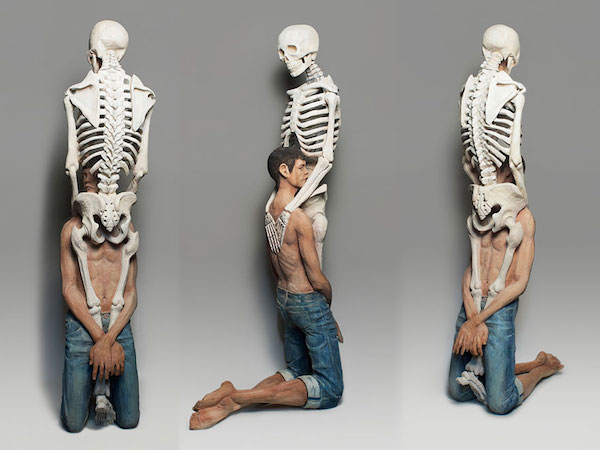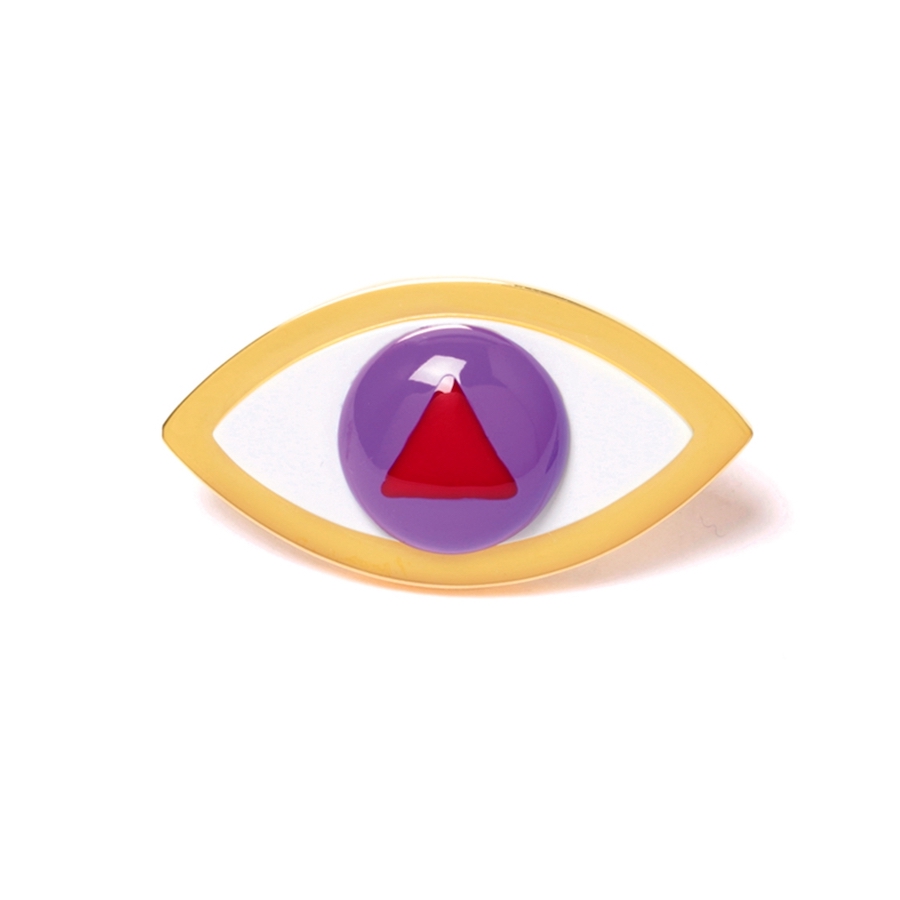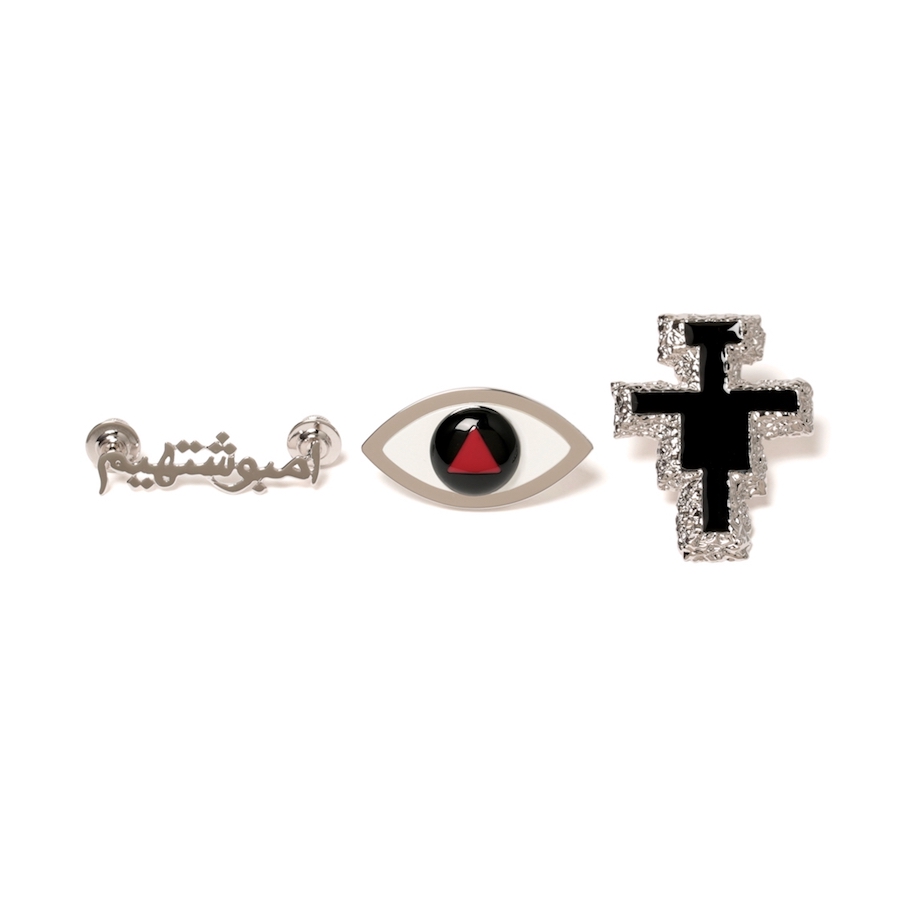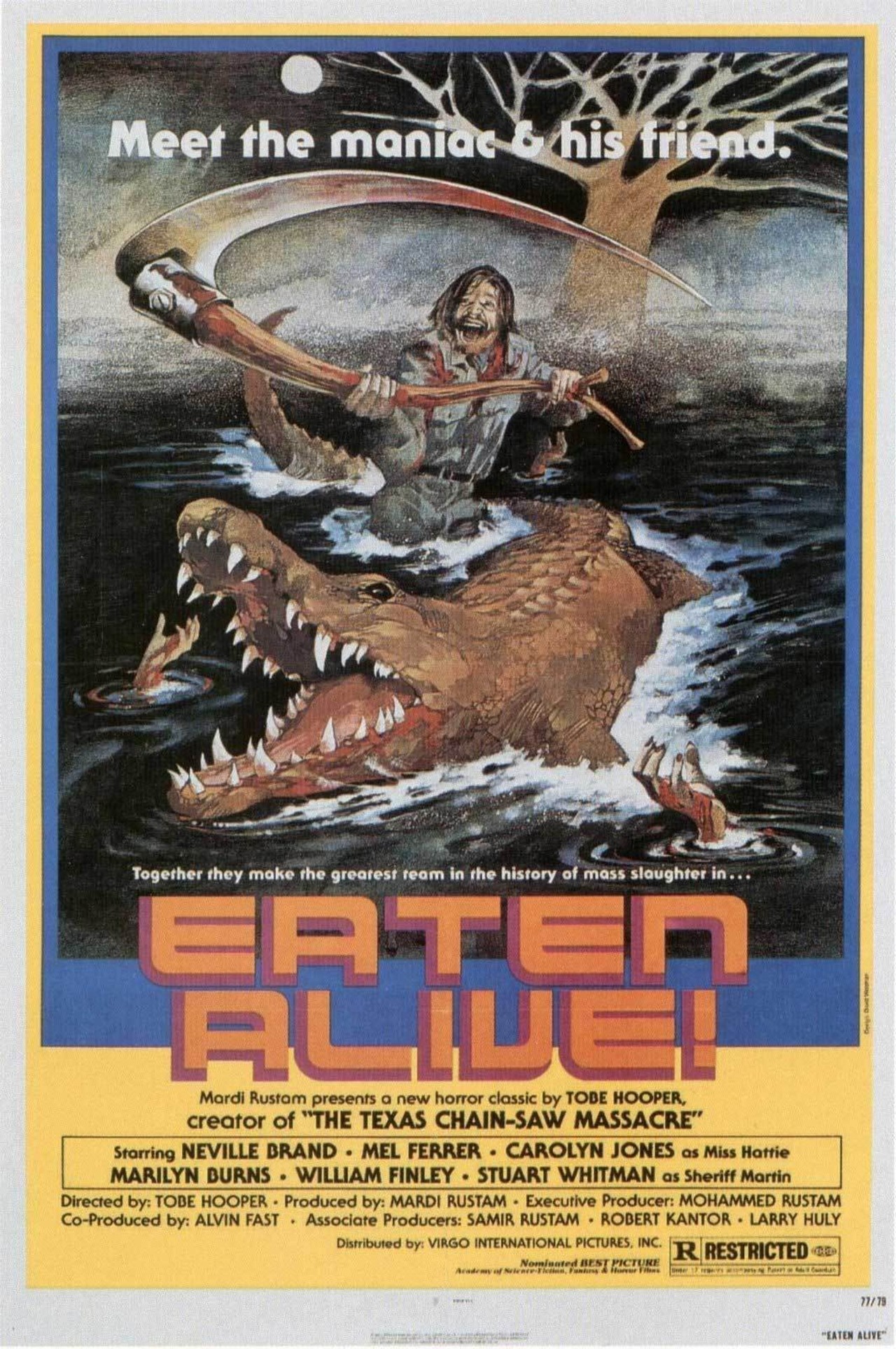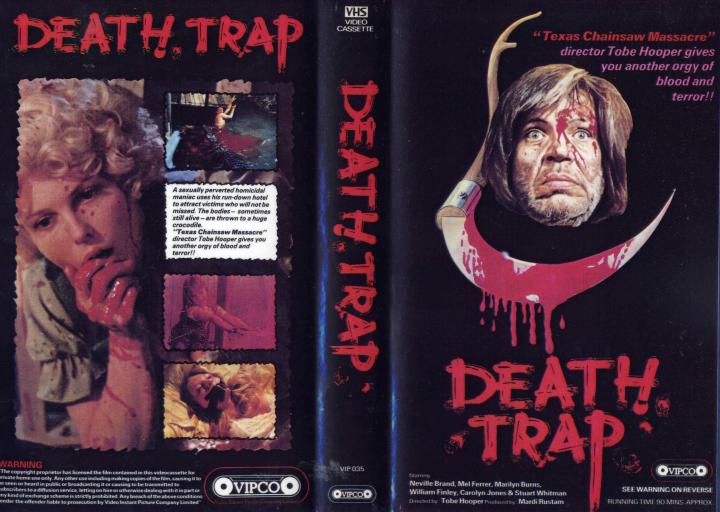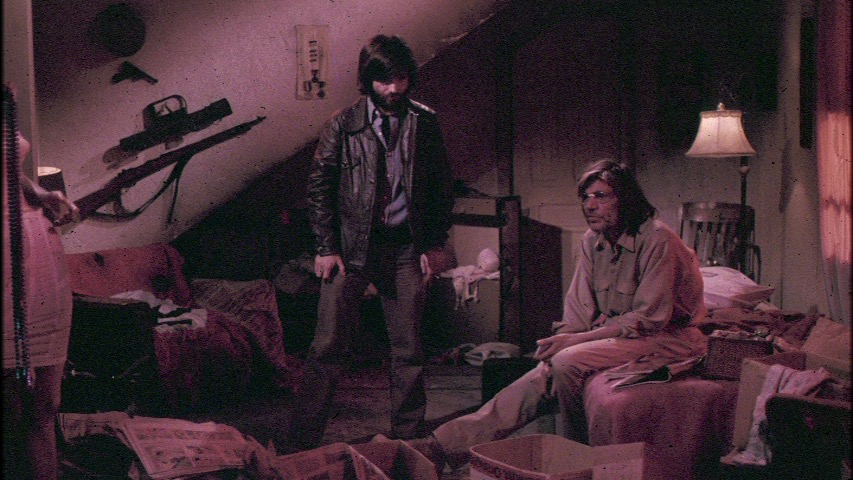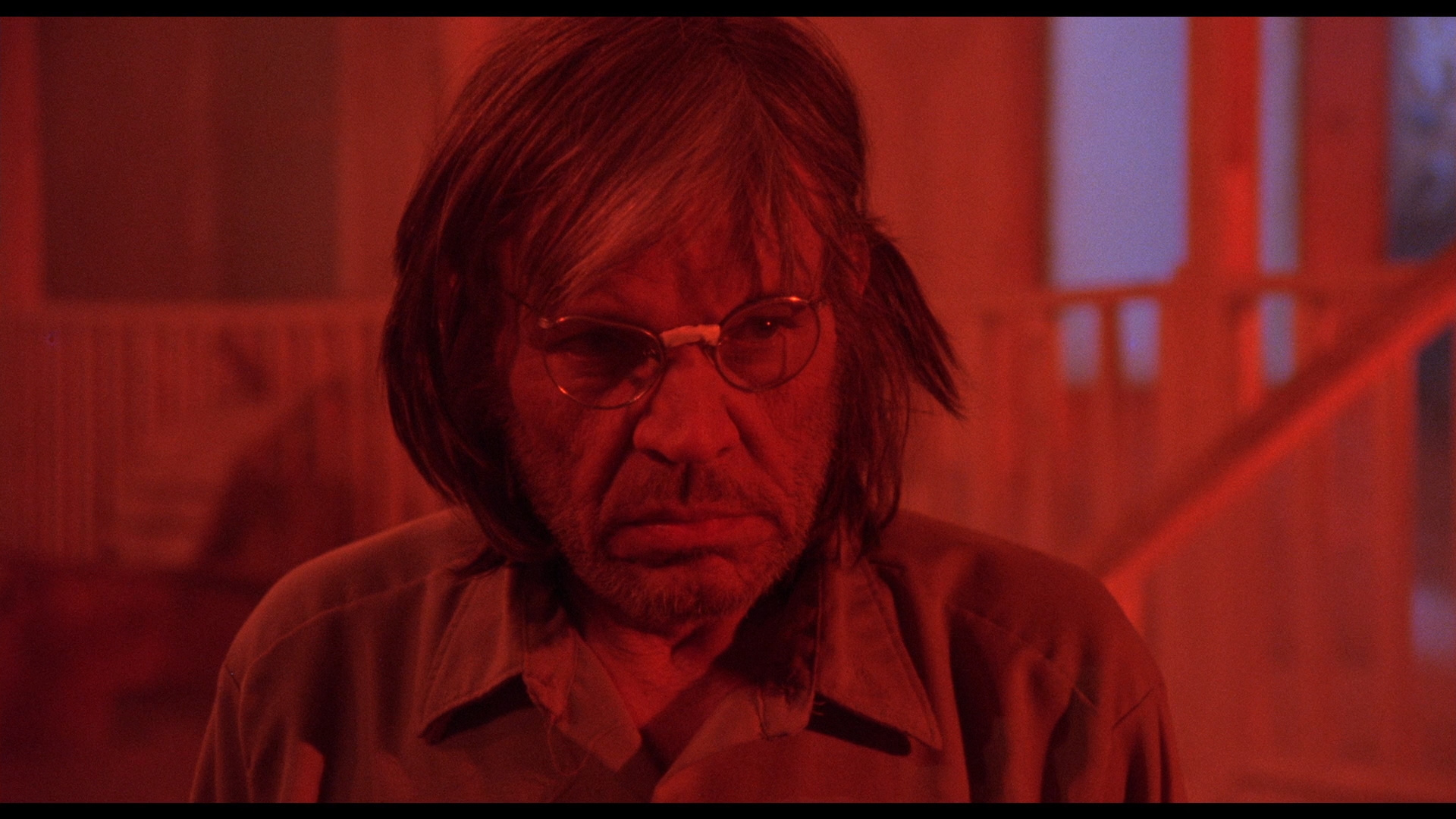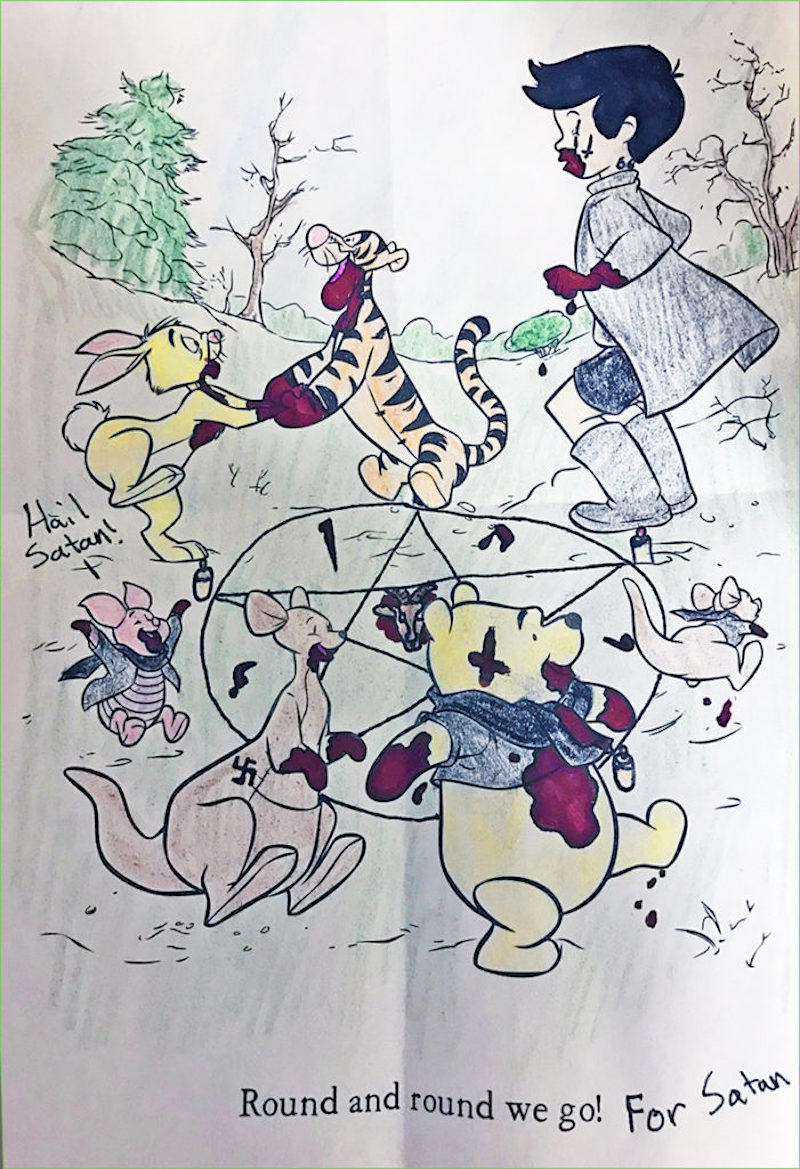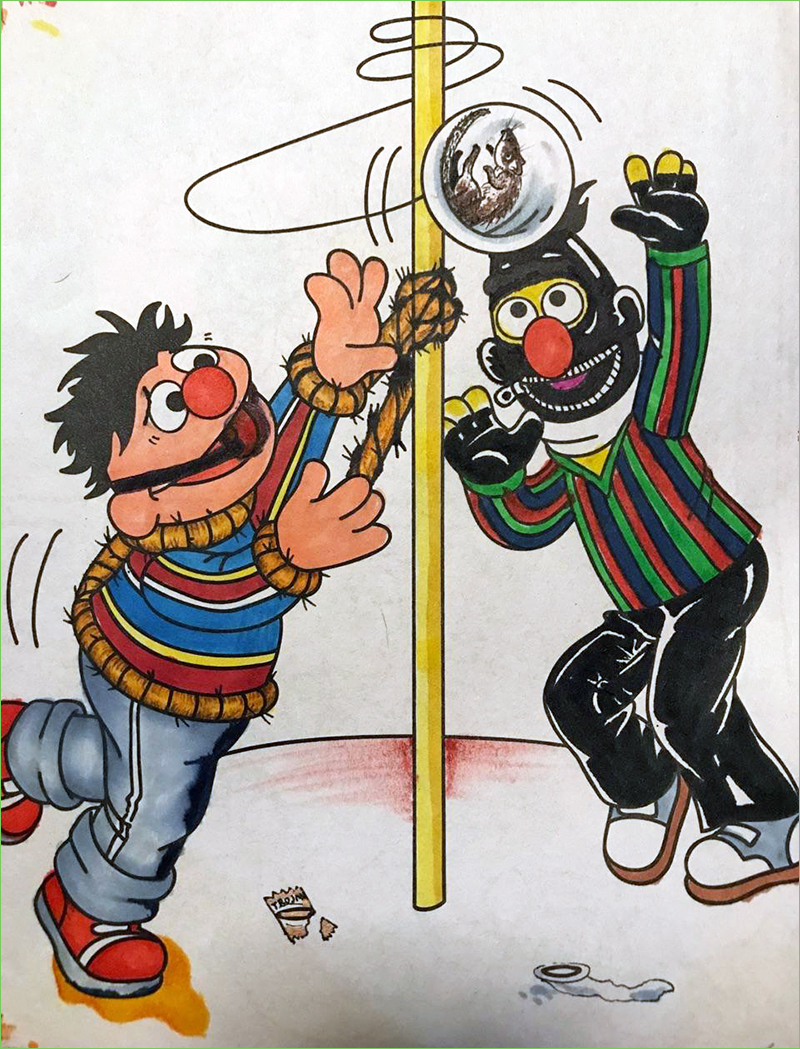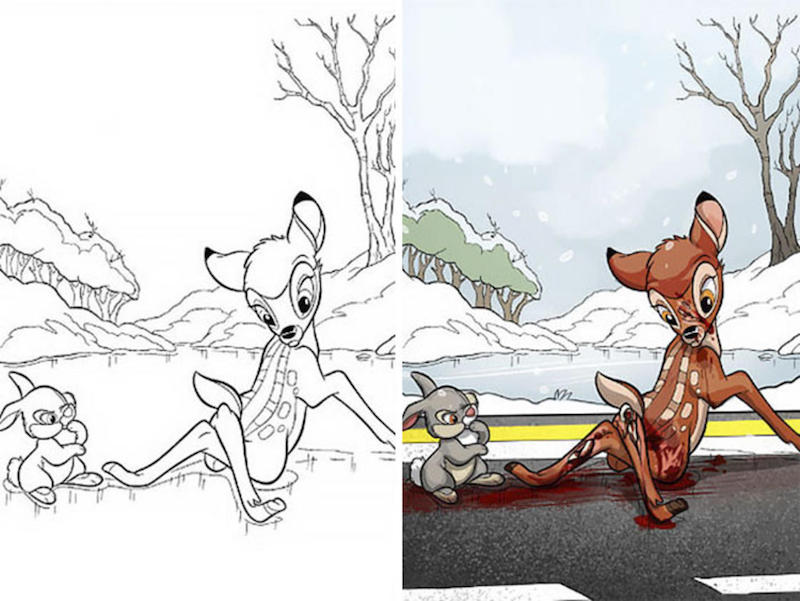
David Bowie was noted for, among so many other things, for his chameleon-like assumption of drastically different performative identities every few albums. As if to up the ante, producer/songwriter Lawrence Rothman has assumed a different identity for every song on his forthcoming album The Book of Law. Rothman has created nine alter egos for the album, and many will star in their own videos, to be directed by Floria Sigismondi, an illustrious music video director with a CV too long to relate—it goes back 25 years and includes Sigur Ros, Bjork, The Cure, Marilyn Manson, and, um, Bowie. She also made the 2010 Runaways biopic.
Just based on its ambitious nature alone, that project seems like it’ll be worth a good close look and listen, but what concerns us today is a song that won’t be on that album, and which in fact was released about a year and a half ago. It’s “Designer Babies,” a collaboration with Sonic Youth’s Kim Gordon, and the video for it has been held up for all this time because the footage disappeared and reappeared under still-unexplained circumstances. The video is a strikingly simple vignette of a rough-looking marionette on a table engaging with doll parts, an artist’s articulated hand model, and the torso of a mannequin. The effect is at once eerie and elegiac. Rothman was kind enough to take some time to tell us about the video and the puppeteer.
Floria shot the video the night we mixed the song, but the footage disappeared for like months, and then randomly showed up in Floria’s Dropbox. We have no idea what the hell happened and how it got placed on her Dropbox months later—it was never stored on her Dropbox to begin with. The puppeteer’s name was Eli. He showed up out of nowhere the day before we were to shoot. Floria loved his puppets and scrapped her previous idea 24 hours before shoot and had Eli bring his puppet down. He never gave us his last name, so we have no more info on him.
Rothman also gave us some background on recording “Designer Babies,” and how he secured Kim Gordon’s involvement.
Seeing Sonic Youth’s “Dirty Boots” video on MTV when my mom first figured out how to steal cable television in the 90’s inspired me to pick up a bass and start a band. I even, for a while, dressed like her when I was in my reading-lots-of-Sylvia-Plath phase. Kim’s lyrics to me are fucking beyond perfection, I am shocked she has never written any fiction. When it came time to do make my album, crazy magician producer Justin Raisen asked me who was my favorite singer of all time. My response was it’s a tie between Kim Gordon and Arthur Russell. Justin was like well, Arthur is no longer here, so let’s get Kim. We literally cold-called her and got her down to the studio, and had a great time having her sing through her guitar amp and just freestyle. From there we built like 20 versions of the song. The final has Angel Olsen singing background vocals on it, Nick Zinner from Yeah Yeah Yeahs on guitar, Stella Mozgawa from Warpaint doing some drum stuff, Active Child on Harp, and Justin Meldal-Johnsen on bass. The song also features an organ rumored to have once belonged to Harry Houdini.
Have a look after the jump…












